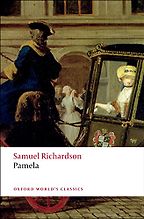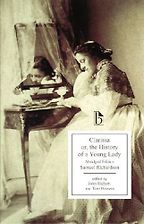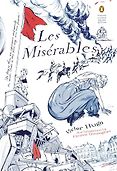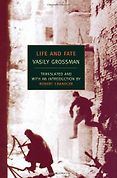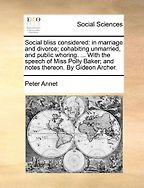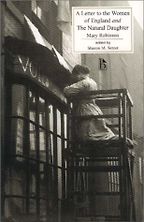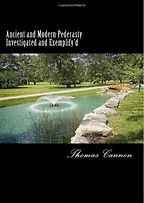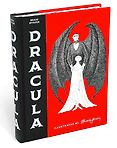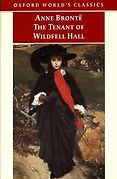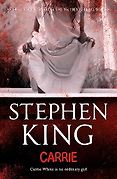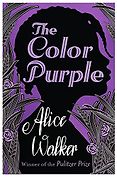Books by Samuel Richardson
Pamela; or, Virtue Rewarded
by Samuel Richardson
Often cited as one of the first English-language novels—although this depends on your definition of the term—Samuel Richardson's scandalous Pamela was a phenomenon on first publication in 1740. In it, a teenage housemaid resists the advances of the master of her household until, ultimately, he agrees to marry her. It is presented, initially, as a series of letters from Pamela to her parents; the second part of the book is written in the form of a journal, also addressed to her parents. The (at that time, groundbreaking) format allowed Richardson to offer insight into his protagonist's state of mind and mode of thought.
“It’s probably the most influential novel of the 18th century. The mid-18th century is when the novel was invented, so it’s possibly the most influential novel ever written in English, because it influences everyone who comes afterwards, from Henry Fielding to Jane Austen onwards.” Read more...
The best books on The 18th Century Sexual Revolution
Faramerz Dabhoiwala, Historian
Interviews where books by Samuel Richardson were recommended
-

1
Les Misérables
by Victor Hugo -

2
Homeland (Patria)
by Fernando Aramburu and Alfred MacAdam (translator) -

3
Life and Fate
by Vasily Grossman and translated by Robert Chandler -

4
In Search of Lost Time
by Marcel Proust -

5
The Tale of Genji
by Murasaki Shikibu & translated by Edward G. Seidensticker -

6
Clarissa
by Samuel Richardson
Long Novels
Long Novels
Shorter is better is the mantra of the digital age, but for some of us, there is no greater pleasure than reading a really long novel. Here we’ve listed some of the novels recommended on Five Books that are at least 400,000 words long, from literary classics to potboilers.
The best books on The 18th Century Sexual Revolution, recommended by Faramerz Dabhoiwala
The roots of our (generally) open attitude to sex lie not in the sixties but the 1760s, says the historian and author of The Origins of Sex, who explores this earlier sexual revolution through its literature.
Epistolary Novels
Epistolary novels are told through the form of written correspondence between characters, or sometimes by way of diary entries or fictional documents. Though there were earlier examples, the epistolary novel took off as a form in the 18th century and remains very popular for its immediacy and sense of realism. We’ve put together a selection of epistolary novels—notable for their literary significance or their evergreen popularity—many of which have previously been recommended by our expert interviewees.
